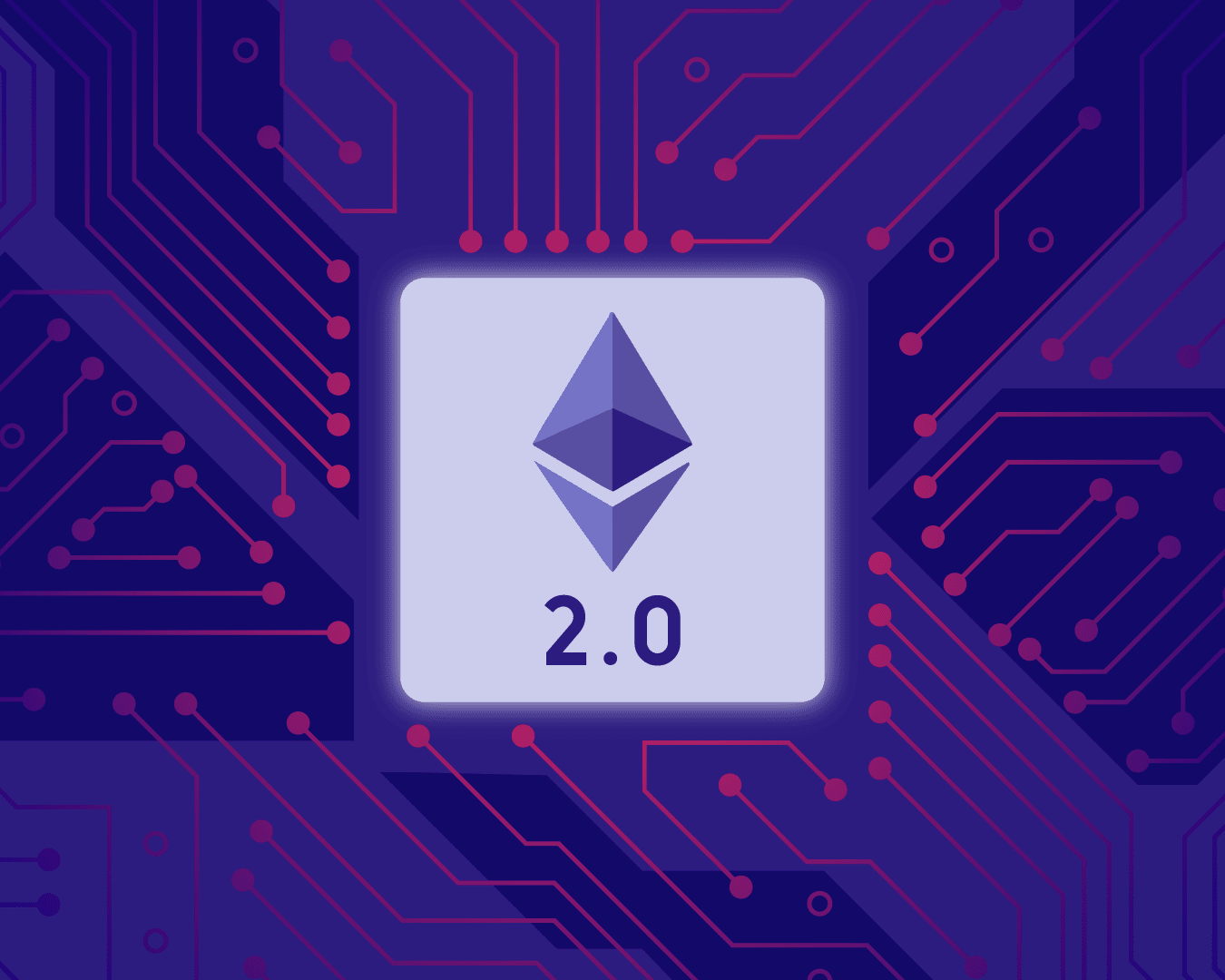After years of development, the time has finally arrived as Ethereum prepares to launch the proof of stake consensus mechanism it proposed, which is expected to happen in the next 3 months. ConsenSys developer Edgington has revealed in a post that he believes the Deposit Contract address should be announced this week, which will allow stakers to prepare for the ETH 2.0 launch.
The Final Stages: Ethereum Prepares For Proof Of Stake
Even though Proof of Stake was first introduced back in 2012 in a paper detailing how it would work as an alternative to Bitcoin’s Proof of Work mechanism, not many top cryptocurrencies have implemented it. The pioneer of smart contracts, Ethereum, is a major proponent of Proof of Stake.
The team first released its roadmap on the transition process to Proof of Stake all the way back in 2017 where they detailed how they would support a hybrid system that has Proof of Stake as well as Proof of Work operating on the same blockchain.
Of course, things don’t always go according to plan. As Vitalik Buterin, founder of Ethereum shared back in July this year: “Had we known that it would end up taking us years, we probably would have designed the roadmap differently…” With the original launch planned for January 2020, ETH 2.0 has since faced multiple delays, with the Ethereum blog posting constant updates on its progress.
Since then, they’ve gone through multiple testnets to try and prepare for the launch: you may have heard of some of these, such as Medalla, Spadina, Goerli and Schlesi, with the most recent testnet called Zinken focusing on guiding nodes through the transition process.
What Is Proof Of Stake, And How Will It Be Implemented In ETH 2.0?
Proof of Stake is a consensus mechanism for blockchains that involves locking – or “staking” a cryptocurrency in exchange for rights to validate and secure a blockchain network. The process is typically incentivized by the issuance of network fee revenue and block rewards to stakers, and is also named staking with reference to how the locked tokens also serve as collateral in the event of malicious actions by the staker against the blockchain network.
ETH 2.0 is the transition phase of a multi-year long roadmap by Ethereum to eventually phase out the Proof of Work consensus mechanism it started out with; it will involve hybridized adoption of both consensus mechanisms working in tandem to secure the network, with alternate blocks being validated by each consensus mechanism.
Does The Launch Of The ETH 2.0 Deposit Contract Mean Staking Is Live?
Even though the Deposit Contract going live will be a significant milestone and feature reveal for the ETH 2.0 launch process, it does not constitute a full launch of the ETH 2.0 network. Instead, it is a necessary preparatory step, as the requirement for the genesis (or “launch”) of ETH 2.0 requires a significant amount of Ethereum to be locked for staking (minimally 500,000 Ether).
The process is not easy, as testnet implementations attempting the transition process were “slightly bumpy”, and the early launch of the Deposit Contract may help to smoothen out any kinks remaining in the process.
When Will ETH 2.0 Be Fully Live?
As Ethereum prepares for proof of stake, many community participants have been questioning when ETH 2.0 will be fully live. It is expected that ETH 2.0 will launch roughly six to eight weeks after the Deposit Contract is released, as that is when the beacon chain genesis will happen. However, the timeline for this has yet to be announced officially by the core Ethereum team and is still the subject of speculation.
With the long-delayed launch of Ethereum now on the horizon right as the yield farming craze seems to be dying down, some have been quick to point out that the late implementation may have contributed significantly to the gas fee issues faced in the past few months.
Soaring gas fees are one of the target problems that ETH 2.0 aims to resolve, and the upcoming implementation is likely to be highly supported by regular users while with lesser support from the Ethereum miners, who may see their income from mining Ethereum diminish after the implementation.
It is worth noting that the ETH 2.0 implementation will be a new blockchain known as a “beacon chain”, with the only interaction between Ethereum 1.0 and ETH 2.0 being through the Deposit Contract – future stages will add further support, and it is likely that majority of users will still be participating on Ethereum 1.0 for a significant time to come.
As Ethereum prepares for proof of stake, you can learn more about ETH 2.0 and other cryptocurrency happenings with Oobit. Oobit is a financial service that makes buying and selling digital currency easy, simple and lets you use crypto with the same ease as traditional money. We connect and introduce what would be an endless maze of information surrounding blockchains, and build tools that enhance the crypto user experience.
_________________________________________________________
Oobit Technologies Pte, 50 Raffles Place #37-00 Singapore Land Tower, Singapore (048623). is a company registered in Singapore (no:201716443G), that has been approved as Appointed Representative of Oobit Technologies OÜ, Harju maakond, Tallinn, Lasnamäe linnaosa, Väike-Paala tn 2, 11415, (no: 14852617 ). Which is authorized and regulated by the FIU (no: FVR001421 and FRK001304).

